Jaboticaba /Myrciaria cauliflora/, is a slow-growing evergreen tree that originated in Southern Brazil. It is known under the name Brazilian grape tree or vine, as it closely resembles grapes. Jaboticaba is widespread in many tropical regions of the world. There is a round compact skin, which is covered with small lanceolate leaves. The tree reaches a height of 12 meters, but only in his own country. When grown in plantations in parts of the world to grows up to 3-5 meters.
Leaves of the Jaboticaba are characterized by a pleasant aroma. The trunk and branches of the tree are covered with pale skin that has a pink tinge and gray spots. In spring and summer, Jaboticaba is covered with numerous small white flowers with long stamens, growing directly on the trunk and main branches.
This phenomenon is known as caulifloria - formation of flower buds on the trunk and main branches, but not the end - as happens in most fruit trees. This process can be seen in some kinds of cocoa and other tropical fruit trees.
Jaboticaba is truly unique in the appearance of its wood. It allows harvest from spring to autumn, and the fruits ripen in 3-4 weeks. In the early fruits were green, then in the process of maturing they will become crimson, then nearly black in color. Ripe fruits resemble grapes. They have a pip that is surrounded by translucent fruit flavor, which is extremely sweet.
In winter, the tree may lose some of its leaves, but pink petals appear in the spring, which later become a usual dark green color.
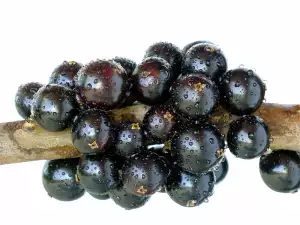
Growing Jaboticaba
Jaboticaba is a great tree growing in a container in indoor conditions or plant in a conservatory. Due to its relatively slow growth, it may be formed as a bonsai. The plant, which is shaped like a little tree looks very decorative - green bark, combined with rose colored petals, light trunk and branches that are covered with lots of fruits and flowers. The tree attracts butterflies, bees and birds.
Jaboticaba can flourish in a light, well-drained, neutral or slightly acidic soil mixture. Best is to use humusless soil mixture, based on coconut fiber or peat. Drainage is completely optional. Transplanting should be done, if necessary, noting the growth of the tree.
Jaboticaba likes regular watering, drainage or flooding will affect the soil negatively. Water the plant when a top layer of soil / 1-2 cm / dry. Feed it with complex fertilizers. Jaboticaba grows perfectly in shade and only a few hours in the morning and evening.
Composition Jaboticaba
100 g of Jaboticaba contains 0 g fat, 1 g protein, 13 g carbohydrates, 6 mg calcium, 0.01 mg thiamin, 9 mg phosphorus, 0.6 g fiber, 22 mg vitamin C.
Selecting and storing Jaboticaba
Fruits of the Jaboticaba are about 3-4 cm large ripe fruits, purple round shape and soft gel core, with 1-4 seeds. The fruit is very sweet.
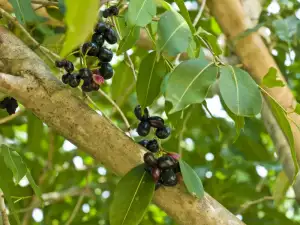
Culinary use of Jaboticaba
Fruits of the Jaboticaba are consumed in fresh form, preferably immediately after harvesting. If they are not picked ripe, you can store them for a few days.
Method of consumption: squeeze the fruit between your thumb and forefinger and held to your mouth. Due to the pressure, the cuticles are torn and the delicious flesh falls directly on the tongue.
Jaboticaba fruits can be used for cooking delicious jellies and jams, and ice cream. In Brazil, they are used for extremely flavorful wine. It is used in liqueurs. Jaboticaba ice cream has a very exotic flavor, and it's perfect for the summer. If you want homemade ice cream with the flavor of this fruit, you need 3 cups of Jaboticaba, 2 ¾ cups of sugar, 2 liters of milk.
Preparation: Remove the rind of the fruit and drop them in a pan. Pour water to cover them. Cook until the fruit is completely soft and let it sit for 1 night.
Boil them once and leave them in gauze to drain. Add sugar to the resulting juice and stir to dissolve. Finally add the milk and slowly freeze.
Benefits of Jaboticaba
Jaboticaba is a delicious fruit that is suitable for any diet, it lacks any fat. Fibers make it ideal for cleansing the stomach and intestines. Vitamin C composition is an excellent antioxidant that protects cells from harmful influences and slows aging. Through Jaboticaba consumption, the organism supplies important vitamins and minerals that are necessary for maintaining normal, healthy functions.
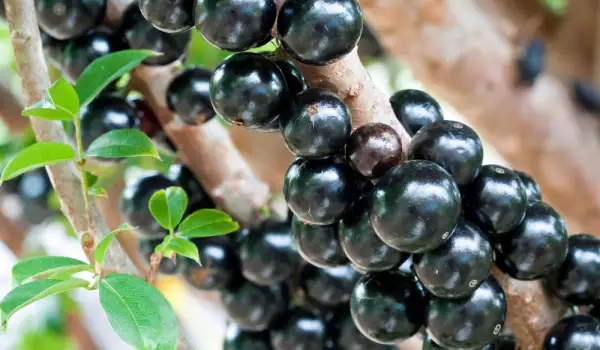



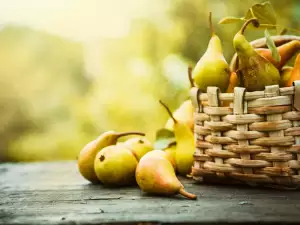
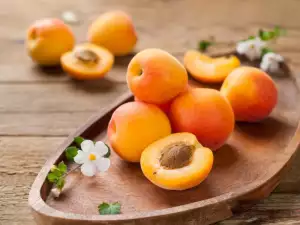
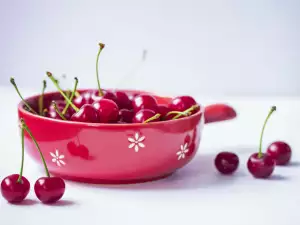
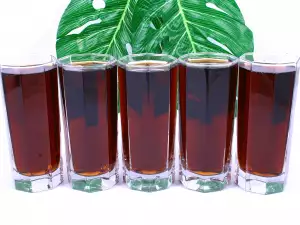
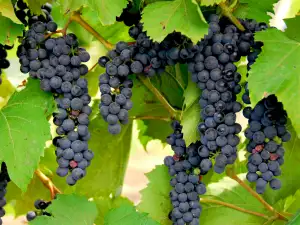
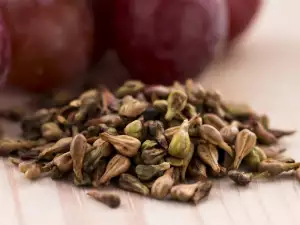
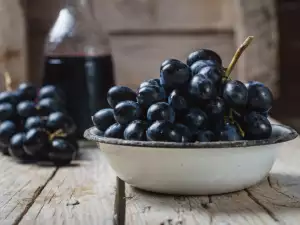
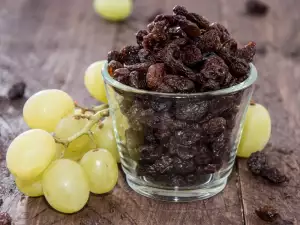
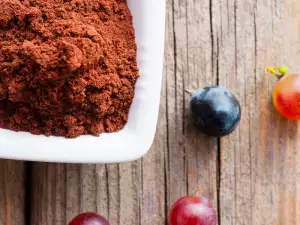

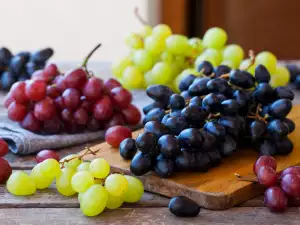
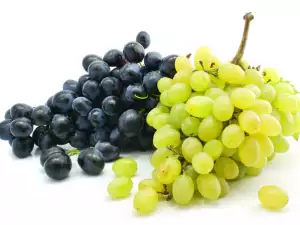




Comments